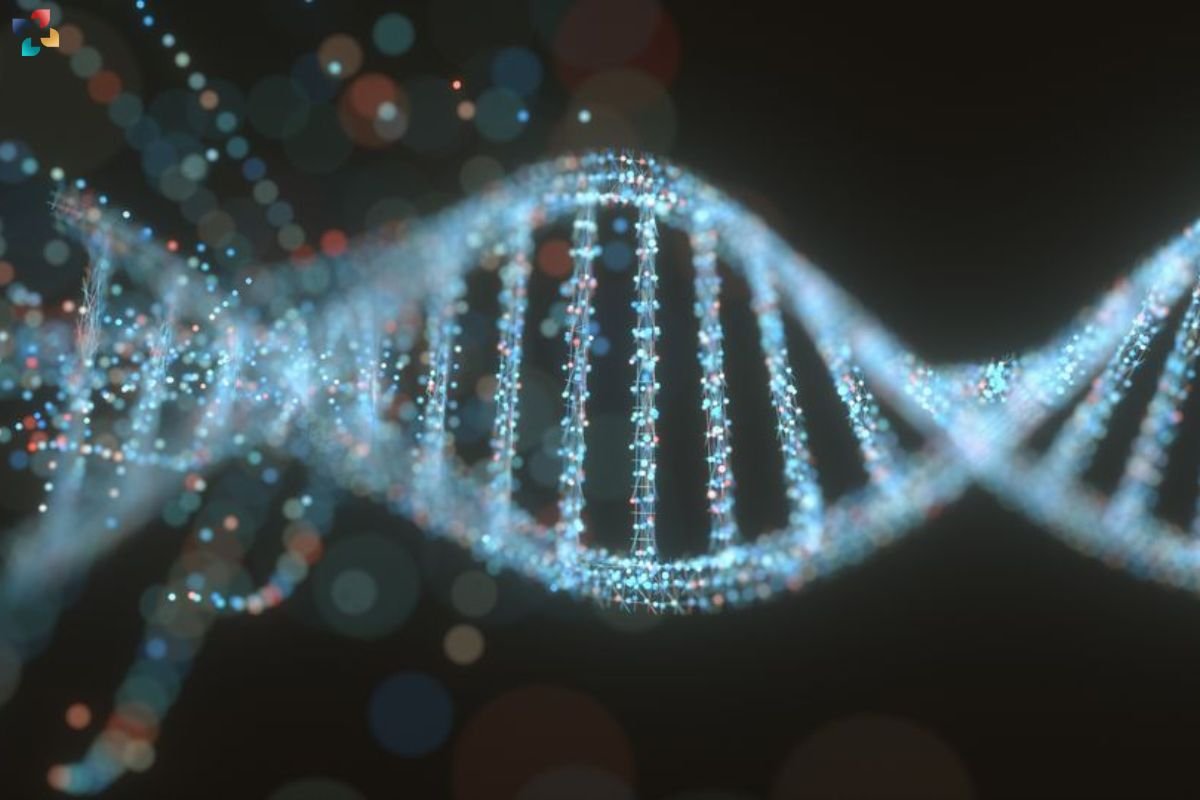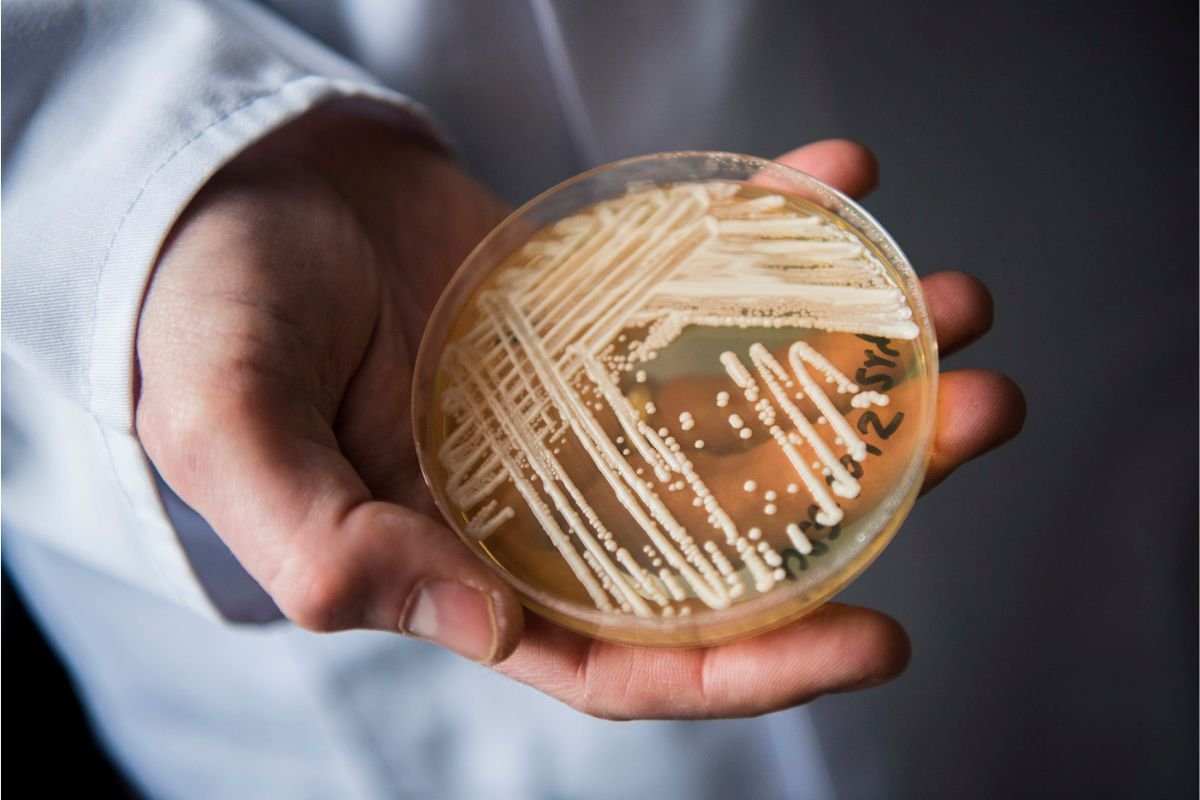Source-Technologynetworks.com
In a significant advancement in the field of molecular biology, researchers have unveiled new insights into the synthesis of archaeosine, a unique modified nucleoside found exclusively in the tRNAs of archaea. This discovery sheds light on the intricate process that maintains and regulates the protein synthesis system. Archaeosine plays a crucial role in preserving the L-shaped three-dimensional structure of tRNA.
The synthesis of archaeosine is a multi-step process beginning with the introduction of a preQ0 base into tRNA by ArcTGT. Following this, the enzyme ArcS transfers lysine to the preQ0 base, forming an intermediate known as preQ0-Lys. The final conversion of preQ0-Lys into archaeosine is catalyzed by the enzyme RaSEA. This synthesis pathway was elucidated in 2019 through a collaborative study between Ehime University and Gifu University.
Investigating ArcS Enzyme Specificity
Despite the understanding of the archaeosine synthesis pathway, the substrate specificity of the second-step enzyme, ArcS, remained unclear. To address this gap, a research team led by Professor Hiroyuki Hori, Lecturer Dr. Ryota Yamagami, and graduate students from Ehime University, in collaboration with Professors Takashi Yokogawa and Natsuhisa Oka from Gifu University and Associate Professor Akira Hirata from Tokushima University, conducted extensive biochemical analyses.
They discovered that most RNA modification enzymes typically recognize the three-dimensional structure surrounding the target RNA site, rather than the RNA sequence itself. To further explore the specificity of ArcS, preQ0-modified tRNA was fragmented using DNAzymes, and lysine transfer was evaluated for each fragment. Surprisingly, ArcS was able to transfer lysine to all RNA fragments containing preQ0, even when the tRNA structure was disrupted. This finding demonstrated that ArcS does not recognize the three-dimensional structure of its substrate RNA.
Modified Nucleoside Synthesis: Implications and Future Directions
The research team’s next step was to identify the minimum substrate for the lysine-transfer reaction. They assessed various forms of preQ0, including the base, nucleoside, 5′-phosphorylated nucleotide, and 3′-phosphorylated nucleotide. The minimum substrate was found to be the preQ0 nucleoside, with increased reaction efficiency observed when a phosphate group was attached to the 5′ position. This unprecedented finding reveals that ArcS can act on a nucleoside as its substrate, distinguishing it from other tRNA modification enzymes.
This discovery has significant implications, especially in the context of the development of mRNA vaccines for COVID-19, where modified nucleosides like pseudouridine and 1-methylpseudouridine are effectively utilized. The ability of ArcS to use a nucleoside as a minimum substrate opens new avenues for the synthesis of precursor molecules for various modified nucleosides. This breakthrough provides a deeper understanding of RNA modification and offers potential for future research and applications in the field of molecular biology.
Visit The Lifesciences Magazine For More.






